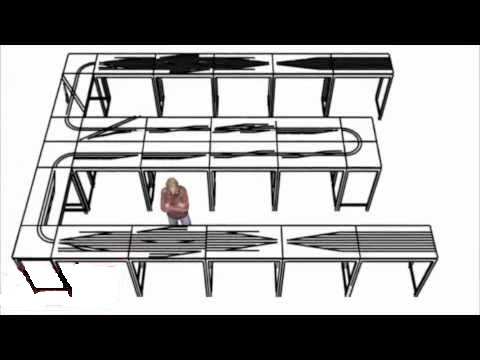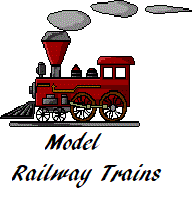Designing your Model Train Layout
If you are new to model train collecting, you may wonder how enthusiasts create such elaborate layouts.
Many collectors of model trains put making their scenic layouts perfect and the model trains second, while others prefer to make the trains the star of the show, creating simple but elaborate layouts that enhance the look of the model train.
Whichever view you take, you will find that your layout is an ongoing art project that you never stop improving. Many people spend a lifetime tweaking and perfecting their model train layouts.
Space Planning for your Model Train Layout
The first thing you need to decide is where your model train layout will go and how much room you have allowing for room to move around your layout.
If you haven’t purchased your train yet, be aware that there are many model train scales, from the smallest Z (1:220) scale to the larger O (1:48) scale. Obviously, an O gauge layout will take up more space than a smaller HO scale.
I would recommend that you use a modular layout with a width of 600mm (two feet) per section. This will allow you to combine sections into a traditional 1.2m (four foot) by 2.4m (eight-foot) layout or build an L-shaped or U-shaped narrow configuration.
You might want to make your train climb from a wider table layout to a narrow table layout or design something altogether unique.
You should plan for each section to be at least 600mm (two feet) wide. Each section will need to be fully supported, so brush up on your carpentry skills or ask a handy friend to help.
A modular layout can be added in the future, you are only limited by the space you have to work with.
Model Train Track Design
 Once you have decided where your train will be, you need to decide what you want your train to do. Will your train layout be flat or will there be a gradient, a tunnel and how many curves?
Once you have decided where your train will be, you need to decide what you want your train to do. Will your train layout be flat or will there be a gradient, a tunnel and how many curves?
This stage will likely involve a bit of trial and error. Curves and grades can be confusing to the beginner model train collector.
Many layouts are designed on a computer using a CAD program. A less high-tech approach can be to use graph paper to design your train layout.
Before you start any building make sure that your train will be able to handle any steep grades or hairpin turns you are planning.
Building your Model Train Track
Tracks can include an integrated roadbed (a hard surface on which the track rails lay), you will need to decide whether you want to use these tracks or whether you will provide your own roadbed.
The internet is a good place to start. There are a lot of websites and model railway forums that can help and provide information for your layout.
If you need help, consider the FREE All Aboard eBook, which contains helpful hints on layout design and construction, also the FREE Model Train Collecting.
Adding Scenic Elements
Once you have built your basic track layout, you will want to add scenic elements. This is your chance to personalise your design.
The HO scale has the most variety of scenic elements to choose from if you intend to purchase your scenic elements, or you may want to try your hand at building your own from scratch.
The internet can provide you with a wealth of information, tips and tricks.
Joining an online community can also help you learn new methods of design and construction and share your knowledge with others.
Conclusion
Building a model train layout may seem daunting, but if you take it step by step the process can be easy and should be fun.
Take your time and ask lots of questions, and before you know it you will have your model train layout and plan your next train layout.
